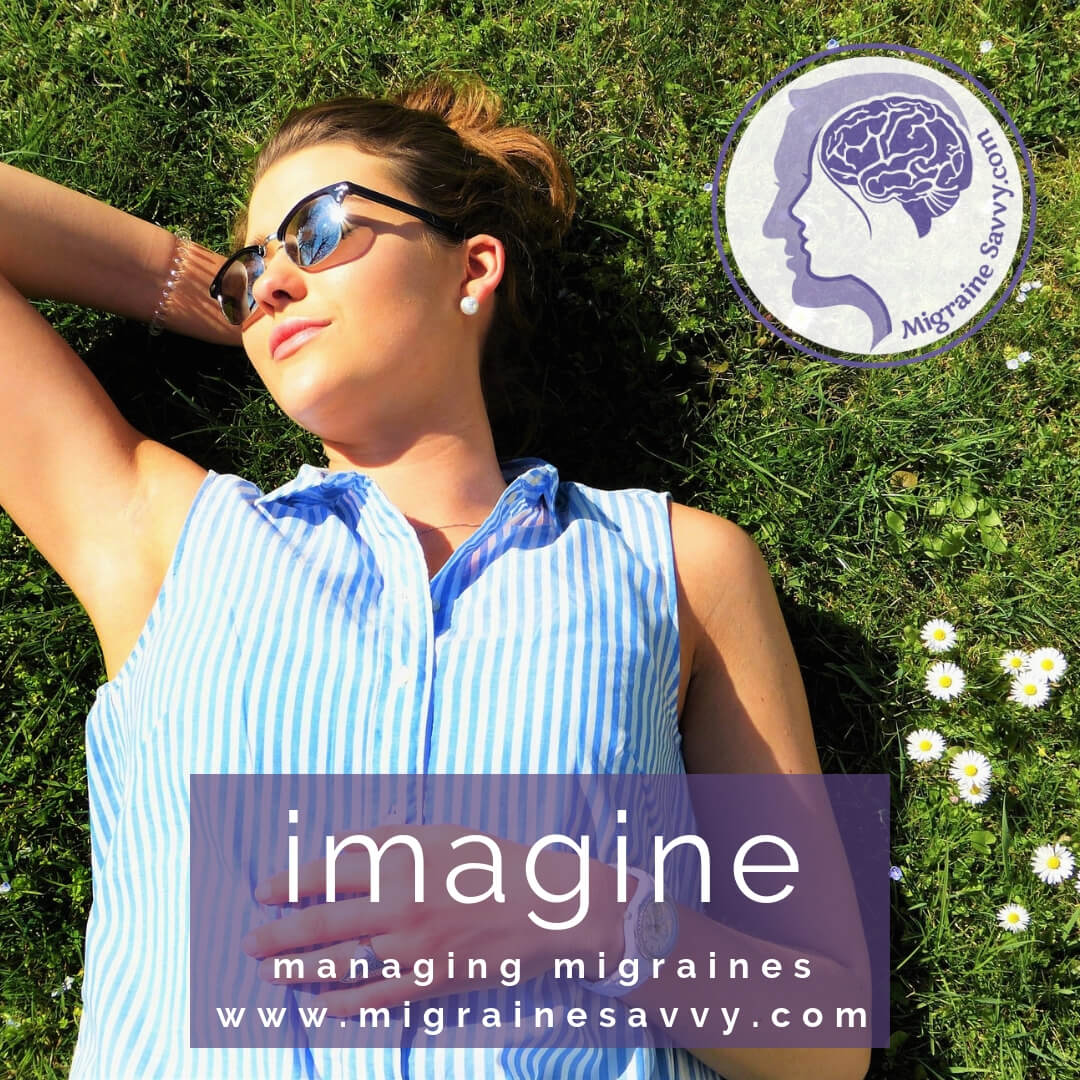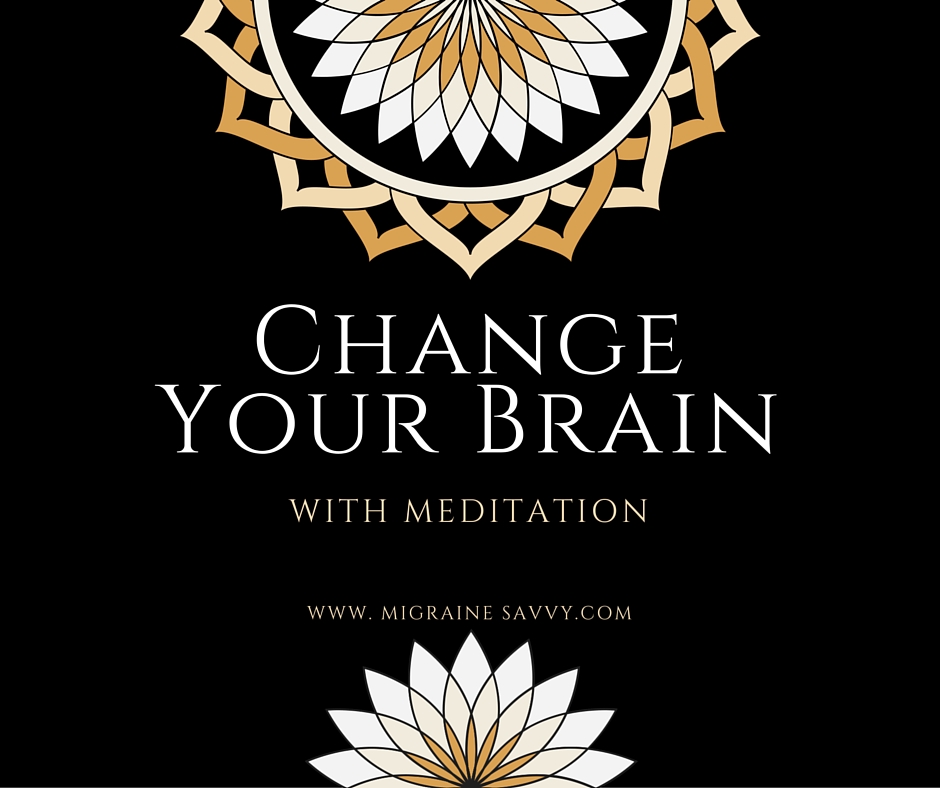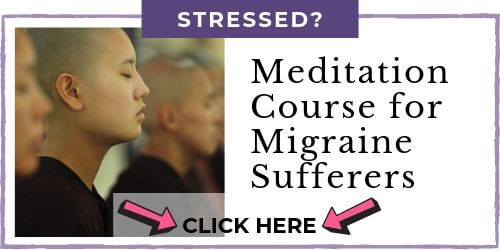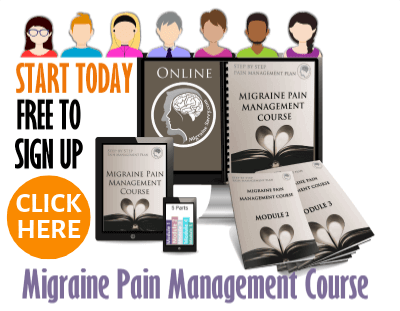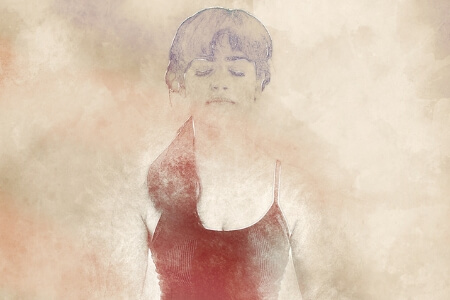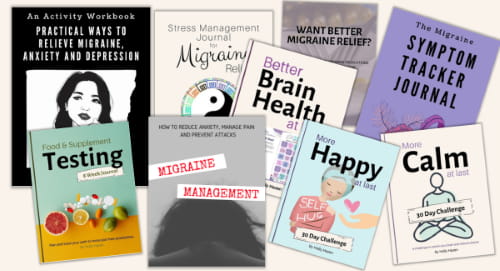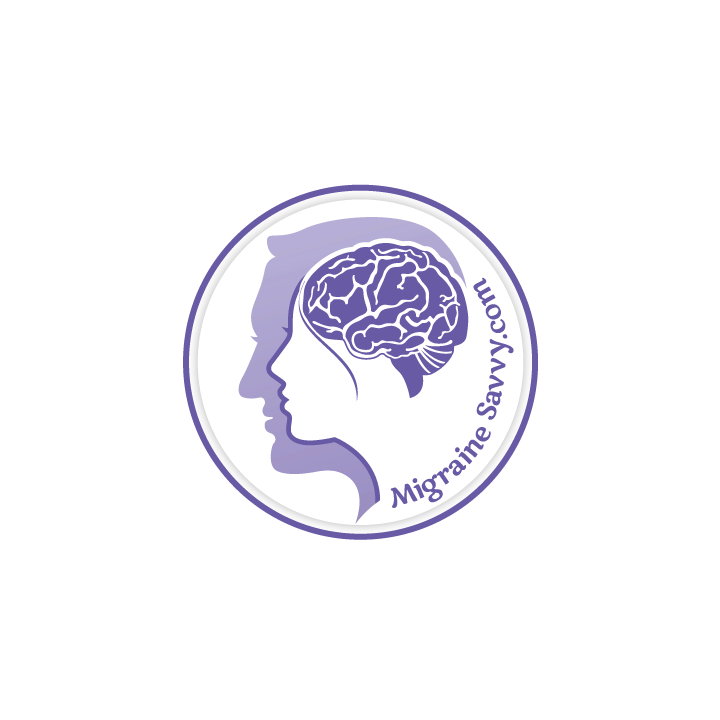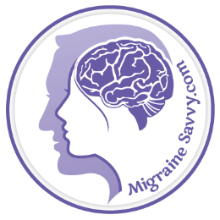- Home
- Meditation
- Mindfulness Meditation for Migraine
Magnesium Deficient = More Migraine Attacks
Science confirms this hidden trigger.
Get all 7 forms your body actually absorbs in one bottle.
🎁Save 10% with my code!
Magnesium Deficient = More Migraine Attacks
Science confirms this hidden trigger. Get all 7 forms your body actually absorbs in one bottle +
🎁Save 10% with my code!
Mindfulness Meditation for Migraine: A Natural Way to Find Relief
If you live with migraine, you already know how overwhelming the pain can be. Medications, ice packs, and dark rooms may be part of your routine, but what if you could add a tool that helps calm your mind and even reduce the severity of your attacks over time?
That’s where mindfulness meditation for migraine comes in.
Research shows that mindfulness practices can reduce migraine frequency and intensity when done regularly. Unlike quick fixes, mindfulness is a long-term approach that helps you change your relationship with pain - shifting from resistance and fear to calm awareness.
👉 If migraine attacks keep disrupting your life, my Meditations and Energetic Healings Course can help you find calm and control.
In this article, I’ll share how mindfulness meditation can help during a migraine attack, the science behind it, and practical techniques you can try at home.
What Is Mindfulness Meditation for Migraine?
Mindfulness is the practice of bringing your full attention to the present moment without judgment. Instead of resisting your pain or letting negative thoughts spiral, mindfulness teaches you to notice sensations, thoughts, and emotions as they arise — and then let them go.
Unlike sitting meditation, where the goal might be relaxation or transcendence, mindfulness is about awareness in everyday life. Think of it as:
- Being with your experience instead of being consumed by it.
- Allowing thoughts and sensations to come and go like passing clouds.
- Learning that your thoughts are not always right — and not always helpful.
For migraine sufferers, this shift can be powerful. Instead of tightening against the pain, mindfulness can help soften it, reduce stress triggers, and make the experience more bearable.
Benefits of Mindfulness Meditation for Migraine
Numerous studies and patient experiences point to measurable benefits:
- Reduced attack frequency — regular practice has been shown to cut down how often migraines occur.
- Lower pain intensity — some people find that while pain doesn’t disappear, it feels less overwhelming.
- Better emotional resilience — mindfulness helps with the fear and anxiety that often surround migraine.
- Improved recovery — practicing mindfulness before and after attacks can ease the “hangover” phase.
- Stress reduction — since stress is one of the most common triggers, mindfulness can help prevent attacks before they start.
Tip: If you live a fast-paced life, you may find it easier to practice mindfulness right before or after a migraine... when your body naturally slows down.
>> Explore my guided meditations designed to ease migraine pain
What to Focus on When You’re in Pain
When pain is sharp and overwhelming, focusing on your breath may not always be possible. Instead, try mindfulness teacher Shinzen Young’s three strategies:
- Turning Toward the Pain Notice physical sensations without resistance. Label what you feel: pulsing, throbbing, stabbing, moving. Observe how the pain shifts in size, texture, or intensity.
- Turning Away from the Pain Redirect attention to relaxation or positive feelings. Use pleasant memories, calming imagery, or self-compassion phrases.
- Focusing on Change Watch the pain move and transform in your body. Notice whether it spreads, contracts, or flows in waves.
Even small shifts in awareness can reduce the emotional weight of pain.
Focus on any change in movement, flow, location, size, texture, color, intensity, emotional connection, etc.
Guided Mindfulness Meditation for Migraine Relief
Here’s a simple practice you can try the next time you feel a migraine coming on:
- Find your posture. Sit comfortably, either in a chair or cross-legged on the floor. Keep your spine tall but relaxed.
- Breathe. Take three deep, slow breaths. Then allow your breath to settle into its natural rhythm. Notice the rise and fall of your belly.
- Bring awareness to pain. Instead of resisting, gently observe the sensations. Does the pain pulse, spread, or shift? Label these movements in your mind: flow … throb … wave.
- Remain neutral. Stay curious, not judgmental. You are the observer, not the pain itself.
- Ride the wave. Notice how pain rises and falls in intensity. Sometimes, you may even feel it dissolve into a softer sensation.
Be gentle with yourself. If the pain becomes too overwhelming, pause and return to a simple breath focus or guided recording.
The Body Scan (Vipassana Style)
A classic mindfulness technique, the body scan, helps anchor awareness and relax tension.
- Sit comfortably with hands in your lap.
- Slowly move your awareness through your body, starting at your feet and moving upward.
- At each area, soften and release tension.
- If your mind wanders, return to the body part you were focusing on.
This style, drawn from Vipassana meditation, can be intense — especially during migraine pain. If you find it overwhelming, try shorter scans or combine it with gentle imagery.
Guided Imagery Meditation for Migraine
Sometimes it helps to “shift the channel” in your mind. Guided imagery combines mindfulness with visualization:
- Bring awareness to your breath.
- Notice the weight of your body on the chair, your feet on the floor, the support beneath you.
- Tune into sounds outside the room, then within the room, then inside your body.
- Gently scan your body, relaxing each area as you go.
- Imagine a healing image, for example:
- A healthy version of yourself smiling, pain-free.
- Calm blood vessels flowing smoothly.
- Nerve endings gently cooling and quieting.
This technique shifts focus from resistance to healing.
Tips for Practicing Mindfulness Regularly
Like any skill, mindfulness becomes more effective with consistent practice. Here are ways to build it into your daily life:
- Start small. Even 5 minutes a day makes a difference.
- Use recordings. Guided meditations are easier during pain episodes.
- Practice when well. Don’t wait for a migraine; practice on pain-free days to strengthen the habit.
- Pair with rest. Combine mindfulness with dark, quiet environments and ice packs for extra relief.
- Be patient. Results build over weeks and months — not always overnight.
Want lasting migraine relief through meditation?
Build a sustainable practice with my complete course, created specifically for people living with migraine.
FAQs: Mindfulness Meditation for Migraine
Does mindfulness meditation really work for migraine?
Does mindfulness meditation really work for migraine?
Answer: Yes. Studies show it can reduce both frequency and severity. Results vary, but many find it a useful complement to medication.
Can I do mindfulness meditation during a migraine attack?
Can I do mindfulness meditation during a migraine attack?
Answer: Yes but start gently. Some people prefer guided audio, so they don’t have to “think” while in pain.
How is mindfulness different from other meditation styles?
How is mindfulness different from other meditation styles?
Answer: Mindfulness is about present-moment awareness, while other styles (like transcendental or visualization) may focus on mantras or imagery.
Is mindfulness safe to practice with medication?
Is mindfulness safe to practice with medication?
Answer: Absolutely. It’s non-invasive and can be combined with medical treatment. Always consult your doctor if you’re unsure.
Taking the time to meditate regularly helps reduce stress which is associated with migraine attacks.
Final Thoughts
Mindfulness meditation for migraine isn’t about “escaping” the pain, it’s about changing how you relate to it. With practice, you may find your attacks less overwhelming, your stress levels lower, and your sense of control restored.
Remember: what works best is different for everyone. Experiment with body scans, breath awareness, and guided imagery until you find your rhythm.
Want deeper guidance? Explore my Meditations and Energetic Healing Course for Migraine Sufferers - designed to support you with ready-to-use guided practices whenever you need them.
Until next time, be well and be pain free.
<< Go back to Meditation for Migraine Relief
WANT MORE TIPS? Subscribe to my newsletter and follow along on Facebook and Pinterest for all of the latest updates.
MIGRAINE MEDITATIONS Related Articles
How to be more MIGRAINE SAVVY right now...
Mindfulness Meditation for Migraine References:
1. Study on Meditation for Severe Headache (2001) Department of Psychiatry, Department of Family Medicine, Chang Gung Memorial Hospital, Kaohsiung. Updated August 2025.
